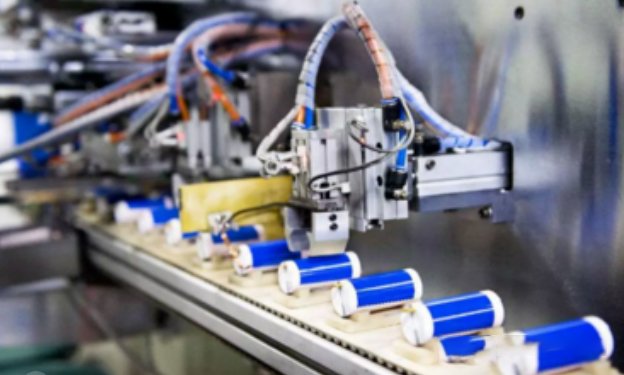The lithium battery assembly process refers to the process of assembling the various components of the lithium battery to form a complete battery cell or battery pack. It includes a series of steps and processes to ensure the proper operation and reliability of the battery. The assembly process of lithium batteries usually includes the following steps:

1. Battery material preparation and pretreatment: This includes preparing positive electrode materials (such as lithium iron phosphate, lithium manganate, etc.), negative electrode materials (such as graphite), electrolytes, and separators. These materials require pretreatment and testing to ensure their quality and performance.
2. Coating of positive and negative electrode materials: The positive and negative electrode materials need to be coated on copper foil and aluminum foil respectively to form positive and negative electrode sheets.
3. Cutting of battery sheets: The positive and negative electrode sheets need to be cut into appropriate sizes for subsequent stacking and assembly.
4. Stacking of battery sheets: Positive and negative electrode sheets are stacked alternately and separators are used to separate them to form the single structure of the battery.
5. Packaging of battery cells: Put the battery cells into aluminum-plastic film bags or metal cases, and pour electrolyte into them to ensure the packaging performance and safety of the battery.
6. Battery packaging and testing: Assemble the packaged battery cells into battery packs, and perform performance testing and quality inspections.
7. Battery pack connection and welding: Connect multiple battery cells together to form a battery pack. This usually involves the use of soldering or other joining techniques such as solder joints or conductive adhesives.
8. Installation of battery management system (BMS): BMS is an important component for monitoring and managing the performance and safety of the battery pack. It usually includes temperature sensors, current sensors, voltage sensors, and battery status monitoring and control circuits.
9. Terminal processing of the battery pack: Install terminal connectors for the battery pack to connect to other devices or provide power.
10. Quality inspection and packaging: Conduct quality inspection and testing on the assembled battery pack to ensure that it meets relevant standards and specifications. The battery pack is then packaged appropriately to protect the battery pack from damage and environmental influences.
11. Charging and cycling activation: Charge and cycle activation of the assembled battery pack to activate battery performance and capacity.
12. Finished product inspection and quality control: Conduct comprehensive finished product inspection and quality control on the final assembled batteries to ensure that their quality and performance meet standard requirements. This may include visual inspection, capacity testing, cycle life testing, etc.
13. Product packaging and labeling: Pack and label qualified batteries for transportation, sale and use.
14. Transportation and warehousing: Transport and warehousing the packaged batteries to ensure a safe and efficient supply chain process.
15. After-sales service and recycling: Provide after-sales service, including fault repair, battery replacement, etc., while actively promoting battery recycling and environmentally friendly disposal methods.
The above is the general closed-loop process flow of lithium battery assembly. During the entire assembly process, safety measures and environmental protection measures are also very important to ensure the safety of workers and the environment; the specific assembly process may vary depending on the manufacturer and battery type. Lithium battery assembly process products must also meet specific requirements and standards. The lithium battery assembly process also needs to be carried out in specific environments and equipment to ensure the safety and efficiency of the production process.




